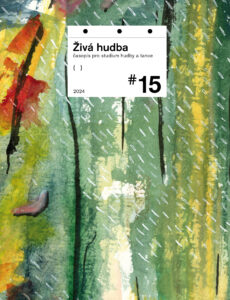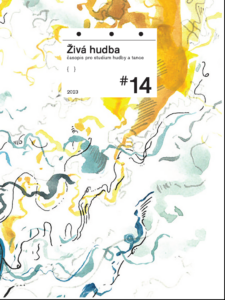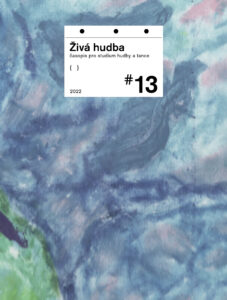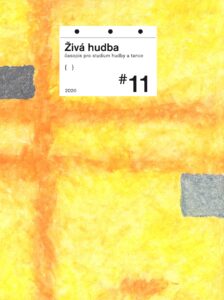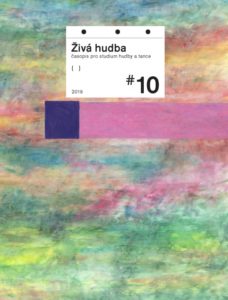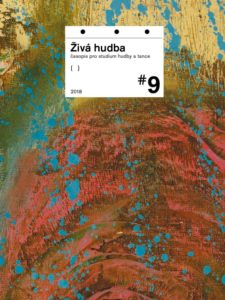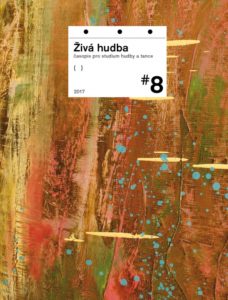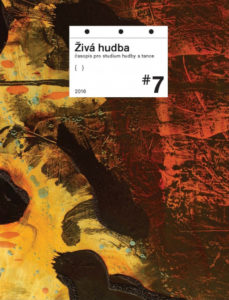Abstrakt Composer Mamoru Fujieda (b. 1955) has carved out an intercultural musical world essential to his artistic language. Fujieda’s work is informed by the electrical activity emitted from plants and its translation into sound, American minimalism and microtonality, gamelan music and traditional Japanese musical mediums. This paper analyses the Third Collection Koto-Gamelan Set (1996) from his magnum opus, Patterns of Plants for three kotos, to challenge the appropriative gamelan nature of this composition. Inspired by La Monte Young’s Well Tuned Piano, Fujieda created a non-equidistant eleven note just intonation scale from seven-limit harmonic relationships that aims to produce an “atmosphere of Indonesian gamelan” (Fujieda, 2009). However, like many American composers of the 1970s, Fujieda appropriates gamelan music as a means of self-expression through tunings at the expense of other facets of Indonesian music. My analysis compares Fujieda’s tuning to La Monte Young’s source material, and to median tunings of Indonesian slendro and pelog scales. Fujieda uses large end-weighted structural chords that function similarly to gongs heard in gamelan music and resemble the cyclical structures of both gamelan and gagaku compositions. Through examining the major structural points of the Third Collection, I posit that Fujieda’s Third Collection was composed using the aesthetic model of jo-ha-kyū similar to those heard in gagaku and jiuta-sōkyoku repertoires of Japan. Whether conscious or accidental, Fujieda’s choices in the Third Collection of PoP represent a problematic but unique hybridised approach to writing for non-Western instruments that despite issues of cultural borrowing and identity, remains worthy of analysis.


Devon Osamu Tipp:
Mamoru Fujieda’s Plant Language: Hybrid Approaches to Composing for Koto
Stati a studie / Živá hudba 2021/12 / Publikováno 29. 4. 2022
Abstrakt:
Composer Mamoru Fujieda (b. 1955) has carved out an
intercultural musical world essential
to his artistic language. Fujieda’s
work is informed by the electrical
activity emitted from plants and its
translation into sound, American minimalism and microtonality, gamelan
music and traditional Japanese musical mediums. This paper analyses
the Third Collection Koto-Gamelan
Set (1996) from his magnum opus,
Patterns of Plants for three kotos, to
challenge the appropriative gamelan
nature of this composition.
Inspired by La Monte Young’s
Well Tuned Piano, Fujieda created
a non-equidistant eleven note just
intonation scale from seven-limit
harmonic relationships that aims
to produce an “atmosphere of
Indonesian gamelan” (Fujieda,
2009). However, like many American
composers of the 1970s, Fujieda
appropriates gamelan music as
a means of self-expression through
tunings at the expense of other
facets of Indonesian music. My
analysis compares Fujieda’s tuning
to La Monte Young’s source material,
and to median tunings of Indonesian
slendro and pelog scales.
Fujieda uses large end-weighted
structural chords that function
similarly to gongs heard in gamelan
music and resemble the cyclical
structures of both gamelan and
gagaku compositions. Through examining the major structural points
of the Third Collection, I posit that
Fujieda’s Third Collection was
composed using the aesthetic
model of jo-ha-kyū similar to those
heard in gagaku and jiuta-sōkyoku
repertoires of Japan. Whether
conscious or accidental, Fujieda’s
choices in the Third Collection of
PoP represent a problematic but
unique hybridised approach to writing for non-Western instruments
that despite issues of cultural
borrowing and identity, remains
worthy of analysis.
Citace:
Devon Osamu Tipp. Mamoru Fujieda’s Plant Language: Hybrid Approaches to Composing for Koto. Živá hudba 2021/12. On-line <https://ziva-hudba.info/mamoru-fujiedas-plant-language-hybrid-approaches-to-composing-for-koto/> [26. 12. 2025].
Kopírovat
Vyšlo v časopise
Živá hudba 2021/12
Rubrika: Stati a studie
Publikováno: 29. 4. 2022
PDF: download
Klíčová slova:
feedback loop, gamelan, just intonation, koto, La Monte Young, pelog, slendro, syncretism, synthesis, Well-Tuned Piano
Články autora:
Devon Osamu Tipp (1)
Aktuální čísla časopisu můžete koupit v Nakladatelství AMU.
Citace:
Devon Osamu Tipp. Mamoru Fujieda’s Plant Language: Hybrid Approaches to Composing for Koto. Živá hudba 2021/12. On-line <https://ziva-hudba.info/mamoru-fujiedas-plant-language-hybrid-approaches-to-composing-for-koto/> [26. 12. 2025].
Kopírovat
Další články
-
Adéla Kašparová:
Vliv videospotů na propagaci tanečního umění
Stati a studie | 2024/15 -
Ladislav Beneš:
Umělecké počátky tanečníka a choreografa Augustina Bergera. Hostování Miss Aeney…
Stati a studie | 2024/15 -
Anna Kotyková, Simona Hybenová:
Tanečný kongres – TANEC.SK
Zprávy | 2024/15 -
Michaela Dzurovčínová:
Prepojenie tanečných a hudobných umelcov a tvorba diela
Stati a studie | 2024/15 -
Dorota Gremlicová, Lucie Hayashi:
Tanec v hudbě a filmu na turecký způsob
Zprávy | 2024/15 -
Devon Osamu Tipp:
Jazyk rostlin Mamoru Fujiedy: hybridní přístup ke kompozici pro koto
Stati a studie | 2021/12
-
Veronika Knytlová:
Myslet v pohybu – pohyb v mysli
Stati a studie | 2024/15 -
Barbora Mikolášiková, Lucie Hayashi, Lucie Pešl Šilerová:
Umělecká produkce nové éry
Zprávy | 2024/15



